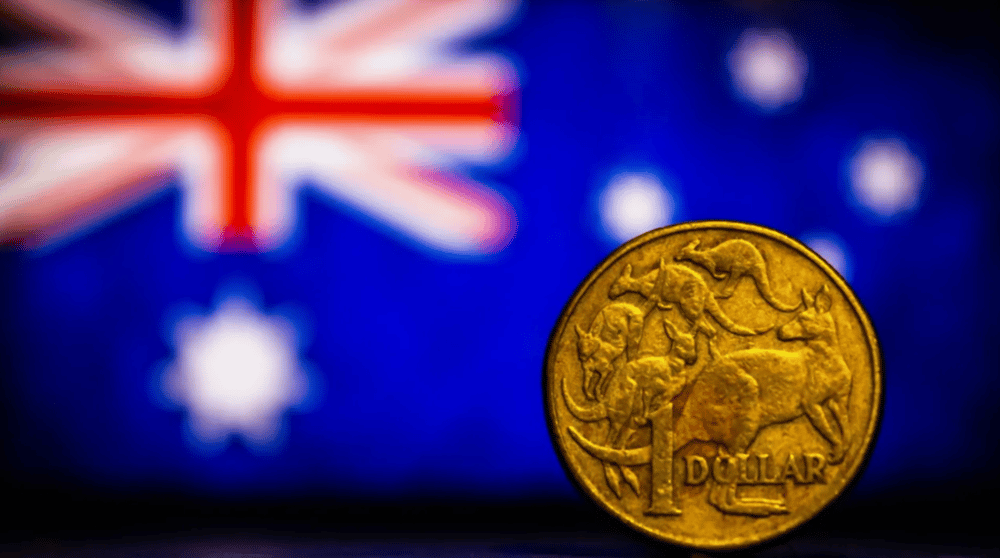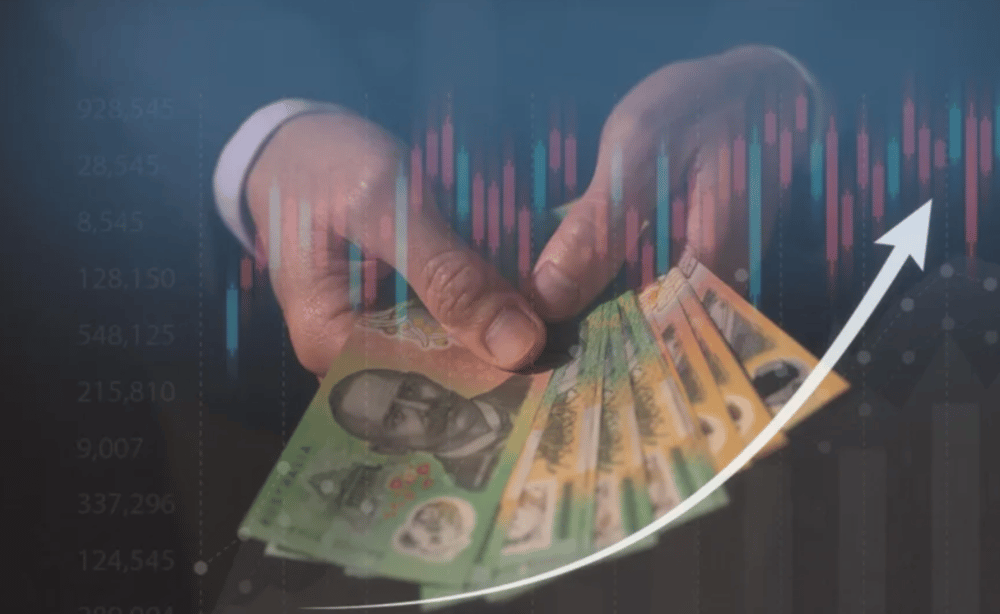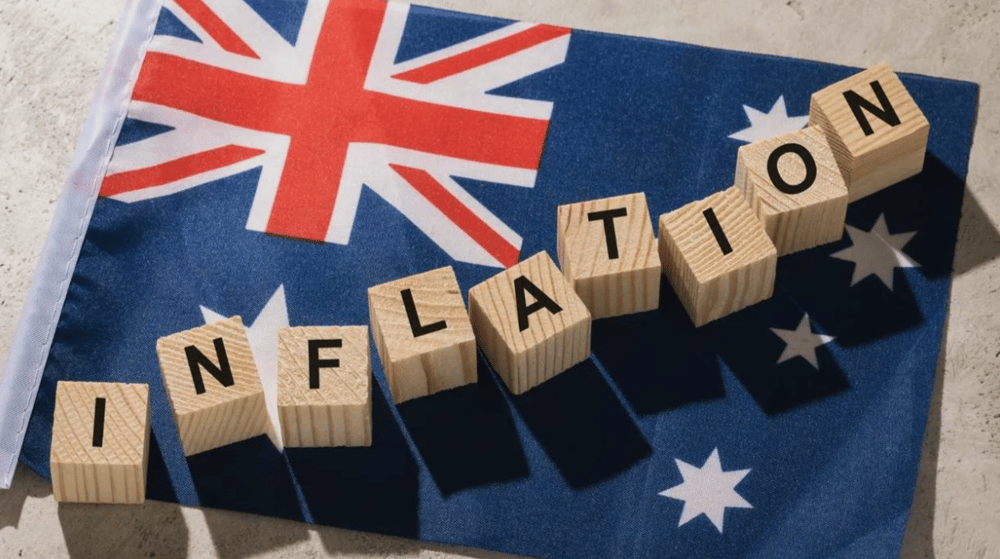Australia Raises Minimum Wage by 3.5% Amid Cooling Inflation: AUD and Labor Market in Focus
Australia’s Fair Work Commission (FWC) has announced a 3.5% increase to the national minimum wage, effective from July 1, 2025. The decision directly impacts approximately 2.6 million of the country's lowest-paid workers and comes at a time when inflationary pressures are receding, giving policymakers room to support real income growth without reigniting price instability.
This adjustment is expected to lift the hourly minimum wage to AUD 24.94 (approximately USD 16.19), providing a meaningful boost to household income for full-time employees, while signaling confidence in the Reserve Bank of Australia’s (RBA) disinflation trajectory.
Main Body: Wage Policy Decision and Its Broader Implications
The 3.5% wage hike translates into an annual increase of AUD 1,670 for full-time workers. It comes as Australia's inflation rate has moderated significantly from its post-pandemic peak of 7.8% in Q4 2022 to 2.4% in Q1 2025—well within the RBA’s official target range of 2% to 3%.
The move reflects a recalibration of monetary and labor policy dynamics. With price pressures under control and unemployment hovering near historic lows, the wage increase is unlikely to spark renewed inflation fears in the short term. Instead, it is aimed at ensuring real wage growth—where pay rises outpace inflation—for the most economically vulnerable workers.
In macroeconomic terms, the wage increase could marginally support domestic consumption, especially in lower-income segments with a higher marginal propensity to spend. However, it may also raise labor costs for small businesses, particularly in sectors like hospitality and retail, where award wages are more prevalent.

Key Facts
Minimum wage increase: +3.5% from July 1, 2025
New rate: AUD 24.94/hour (USD 16.19 equivalent)
Affected workers: ~2.6 million Australians
Real income gain: AUD 1,670/year for full-time employees
Core CPI: 2.4% in Q1 2025, within the RBA’s 2–3% target range
Inflation peak: 7.8% in Q4 2022
Market Reaction and Expert Commentary
The Australian dollar (AUD) remained relatively stable against major currencies, including the USD, following the FWC announcement, suggesting that financial markets view the wage increase as economically neutral or mildly positive in terms of supporting domestic demand without threatening price stability.
Analysts note that the RBA is unlikely to alter its current monetary stance in response to this development. With inflation anchored and the labor market tight but not overheating, the central bank is expected to maintain its wait-and-see approach through the second half of 2025.
Labor economists have emphasized that the decision reflects a broader shift in policy priorities—from combating inflation to safeguarding living standards. The 3.5% adjustment, while modest compared to earlier pandemic-era raises, indicates that Australia’s wage-setting mechanisms are now aligned with a stabilizing economic cycle.

Key Points
Minimum wage raised by 3.5%, reaching AUD 24.94/hour
First real wage gain for low-paid workers since 2021
Annual CPI inflation decelerated to 2.4%, down from 7.8%
AUD showed minimal response, reflecting confidence in macro stability
No immediate change expected in RBA policy stance
Conclusion
Australia’s decision to raise the national minimum wage underscores a policy shift toward supporting real income growth as inflation moderates. With 2.6 million workers set to benefit from a 3.5% increase, the adjustment not only signals confidence in the economic outlook but also marks a milestone in the country’s post-inflation recovery. Markets have responded calmly, suggesting that the increase is well-calibrated and unlikely to derail monetary stability. Going forward, the balance between wage growth and inflation control will remain a central theme for Australian policymakers.















Comments